How does a Venus Flytrap digest flies?
The Venus flytrap digests flies and other small insects using a combination of enzymes and ion transporters.
When an insect lands on the Venus flytrap’s leaves and triggers its sensory hairs, the plant snaps shut its trap, creating a tight seal around the insect. The plant then begins to secrete digestive enzymes, which break down the insect’s soft tissues into a liquid form that the plant can absorb.
The digestive enzymes released by the Venus flytrap include proteases, which break down proteins, and phosphatases, which break down phosphates. These enzymes are produced by specialized cells within the plant’s digestive glands, which are located in the interior of the trap.
As the enzymes break down the insect’s tissues, the Venus flytrap also uses ion transporters to absorb the released nutrients. These transporters are responsible for moving ions such as nitrogen, potassium, and calcium from the insect’s liquid remains into the plant’s cells, where they are used for growth and reproduction.
After the Venus flytrap has absorbed all the nutrients it can from the insect, it will open up its trap and release any remaining exoskeleton or other undigested parts. The plant is then ready to catch its next meal.

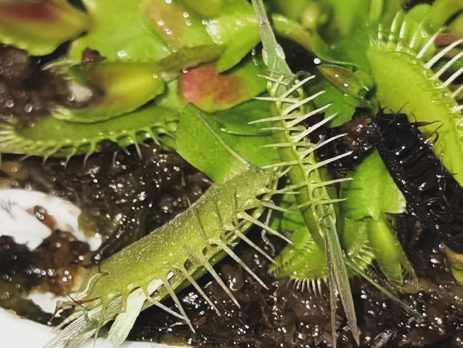
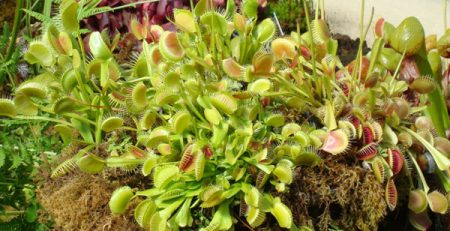
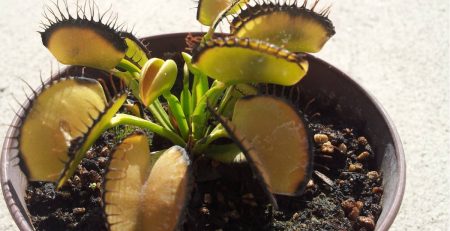
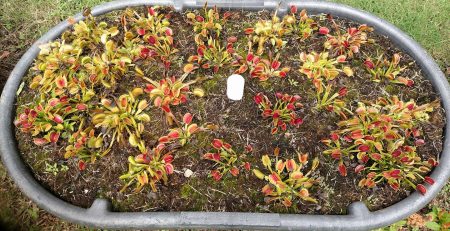
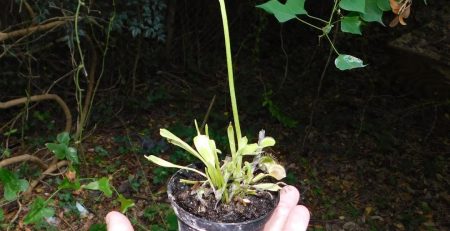
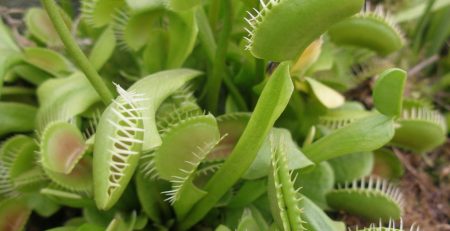
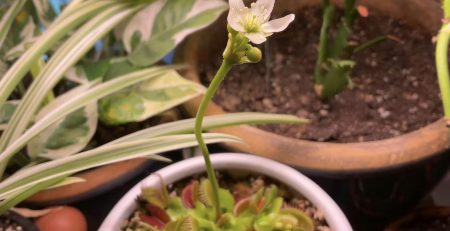
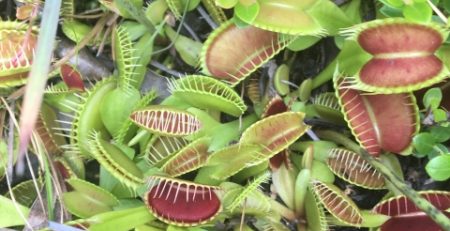
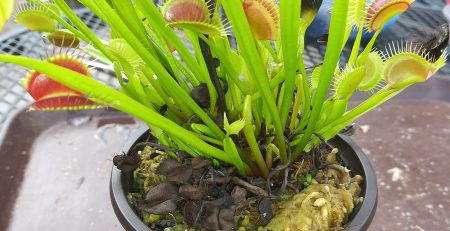
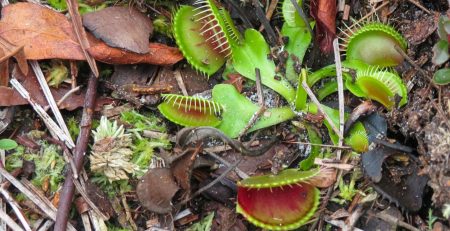
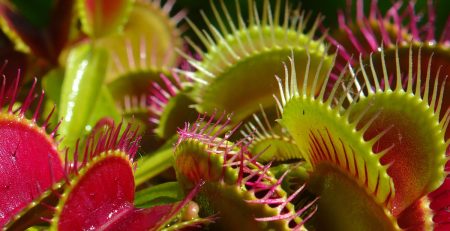
Leave a Reply
You must be logged in to post a comment.